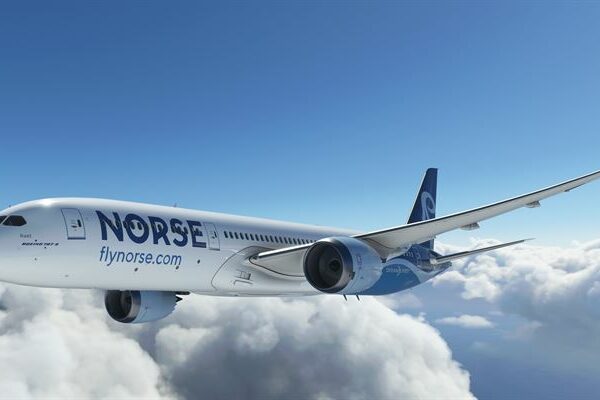Air Astana has issued Boeing and Airbus with a request for proposals (RFP) to provide aircraft for its planned domestic low-fare carrier FlyArystan.
According to Peter Foster, the parent airline’s chief executive officer, it is a straight-up choice between the B737 MAX or the A320neo for the new LCC, which is planned to launch in May 2019. He did not expand upon how many aircraft it will initially seek, but he did go on to outline that flights would start using four of Air Astana’s existing A320ceo aircraft.
The RFP is planned to conclude by the end of the first quarter of 2019. “We obviously have high hopes for the low-cost airline, and we think it’s right to evaluate both manufacturers at the inception of the carrier,” he said, going on to say that it was not considering the smaller A220-300 or -100.
FlyArystan (Arystan translates as ‘Lion’ from the Kazakh language) will initially operate domestically from four bases in Kazakhstan (one in the south, one in the west and the other two likely to be at its existing bases in Almaty and Astana). It is also expected to spread its wings intra-regionally within the next couple of years depending on market reaction, with Foster adding that there was “no reason why it should be limited to the borders of Kazakhstan.”
Foster stressed that the LCC will be allowed to develop in isolation, even if that leads to some cannibalisation of Air Astana’s existing traffic. “If it wants to fly a route, it will do so,” he said. “There will be some cannibalisation of Air Astana. But if we don’t allow it, it will leave a space for competition to grow into that market.”
He also said that within the year it was hoped that the new carrier would be operating under its own AOC.
The country, said Foster, “has been an LCC-free zone for 16 years until now. But it’s inevitable that LCCs will come,” adding that carriers such as Wizz Air and Pobeda were already encroaching.
FlyArystan will operate high-frequency flights with quick airport turnarounds, something that could be initially challenging as the country’s airports – combined with the often harsh operating environment – do not yet operate such rapid (30-40 minute) turnarounds.
Approximately 95% of the population of Kazakhstan (around 18 million people) have not yet travelled by air.







